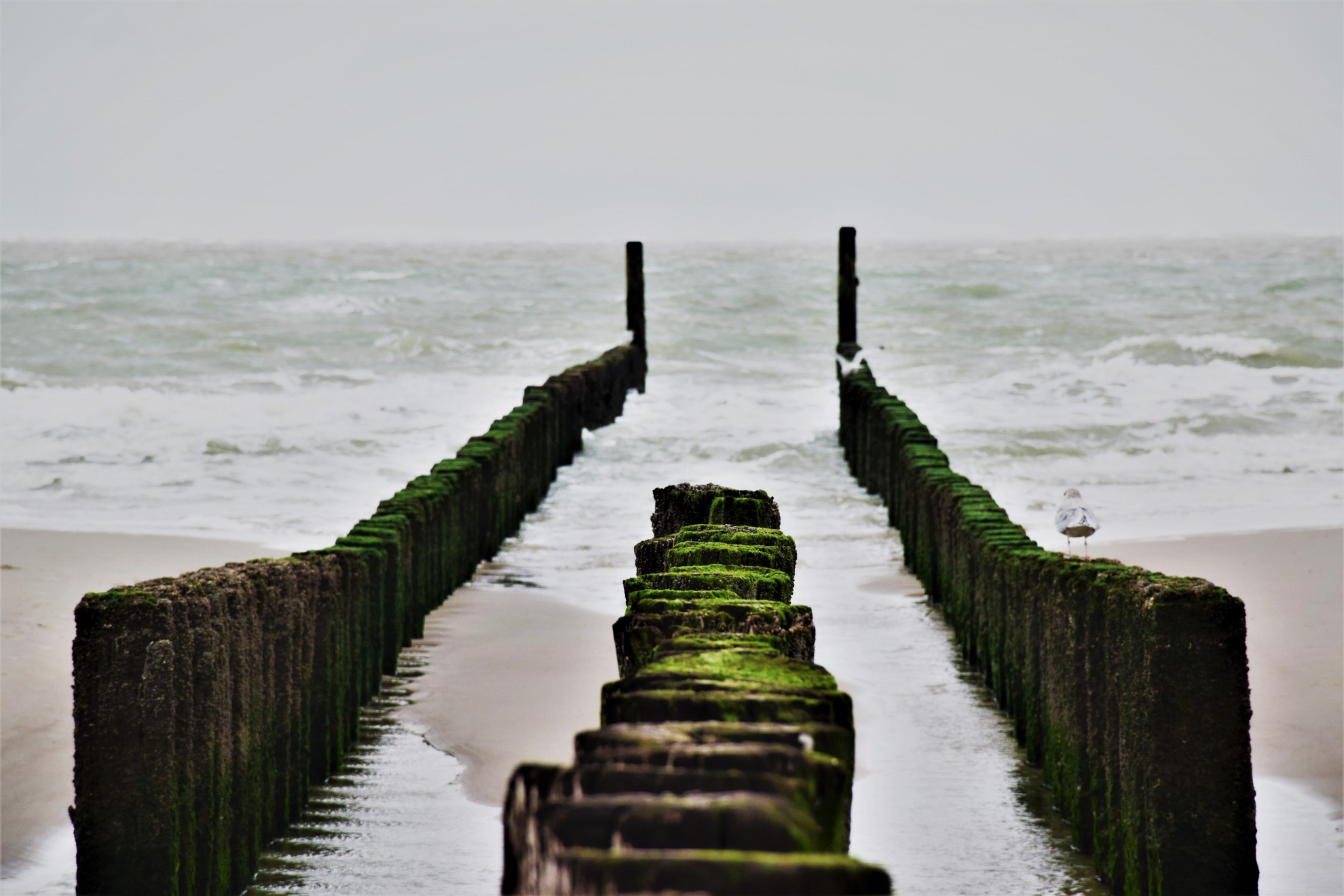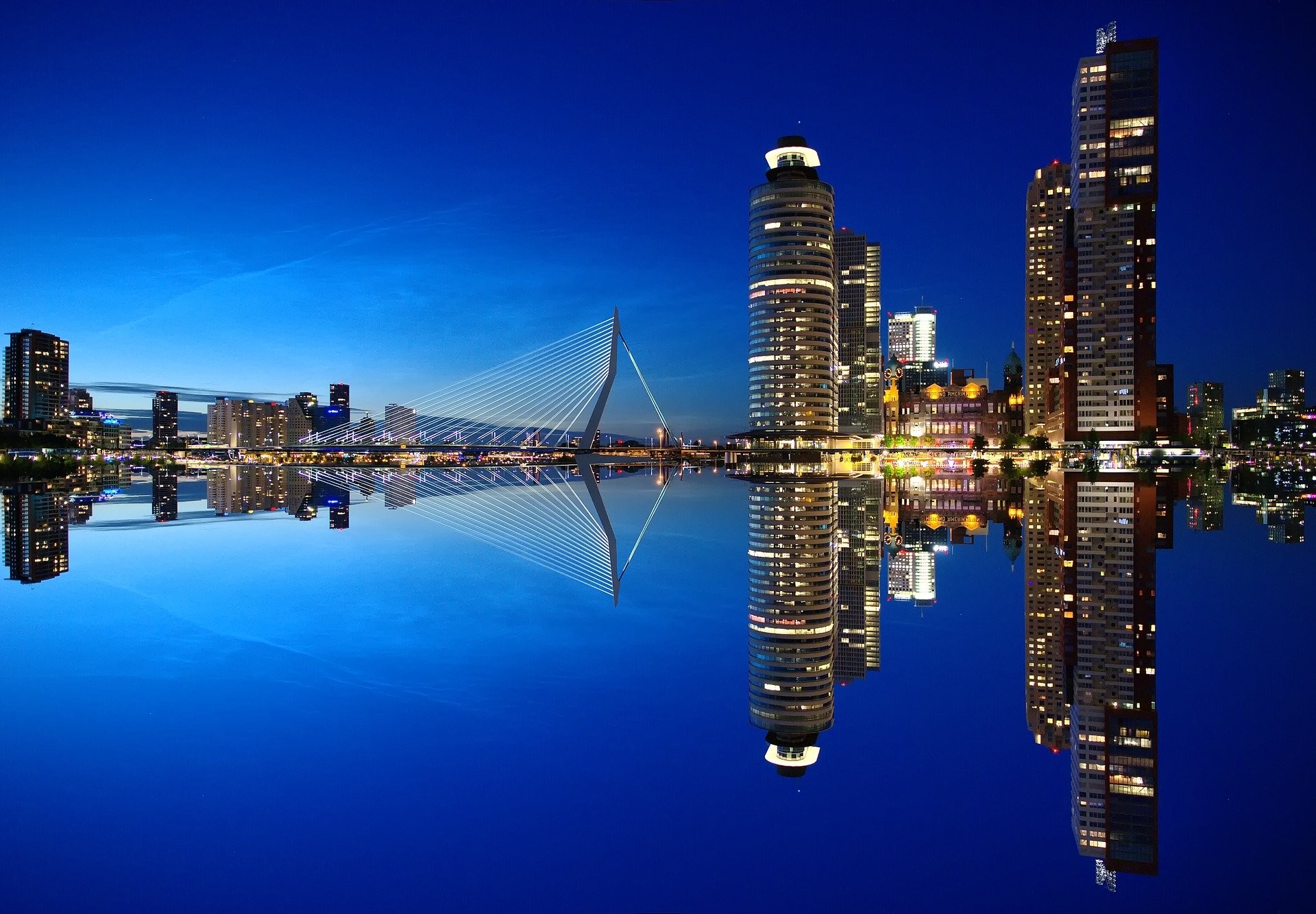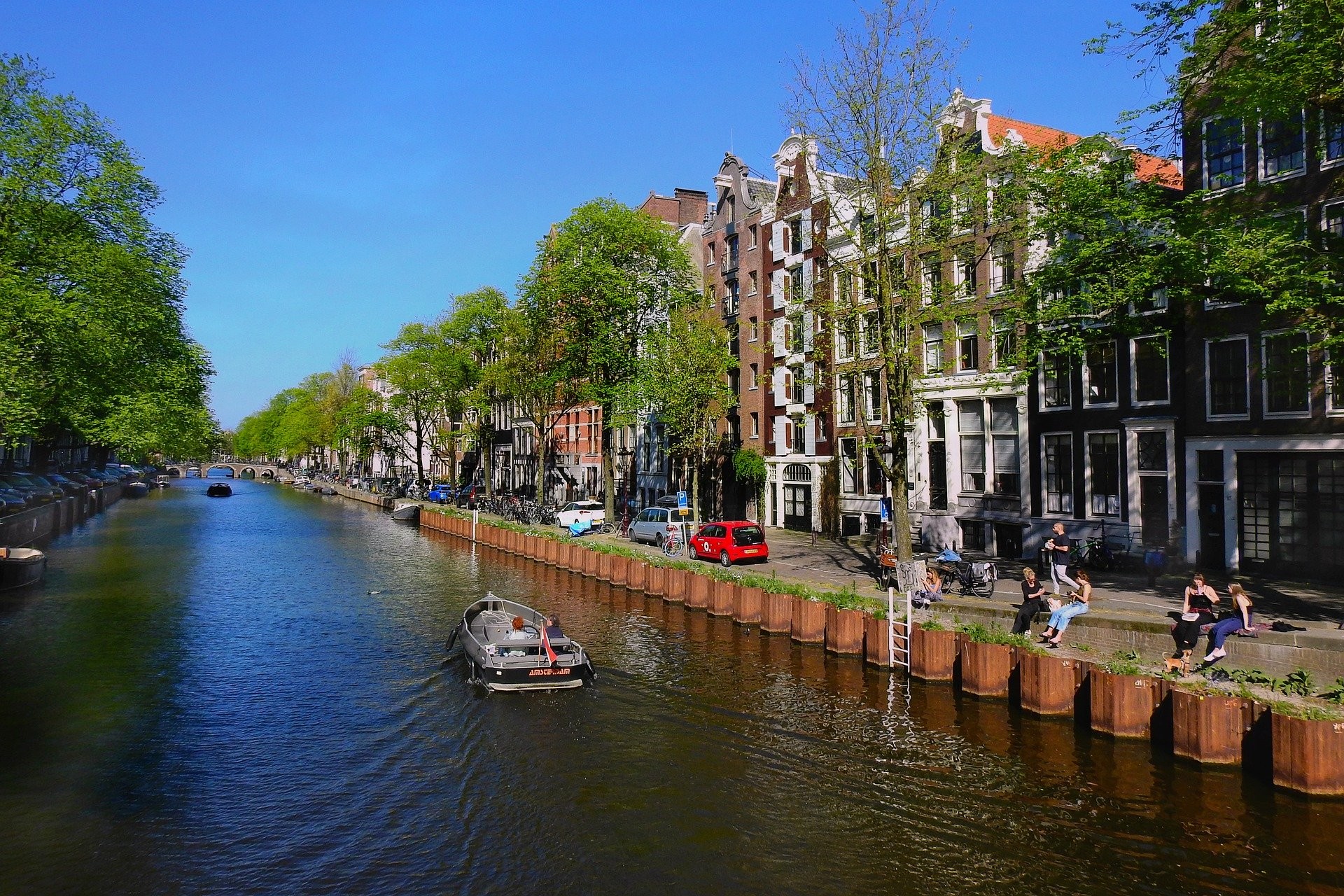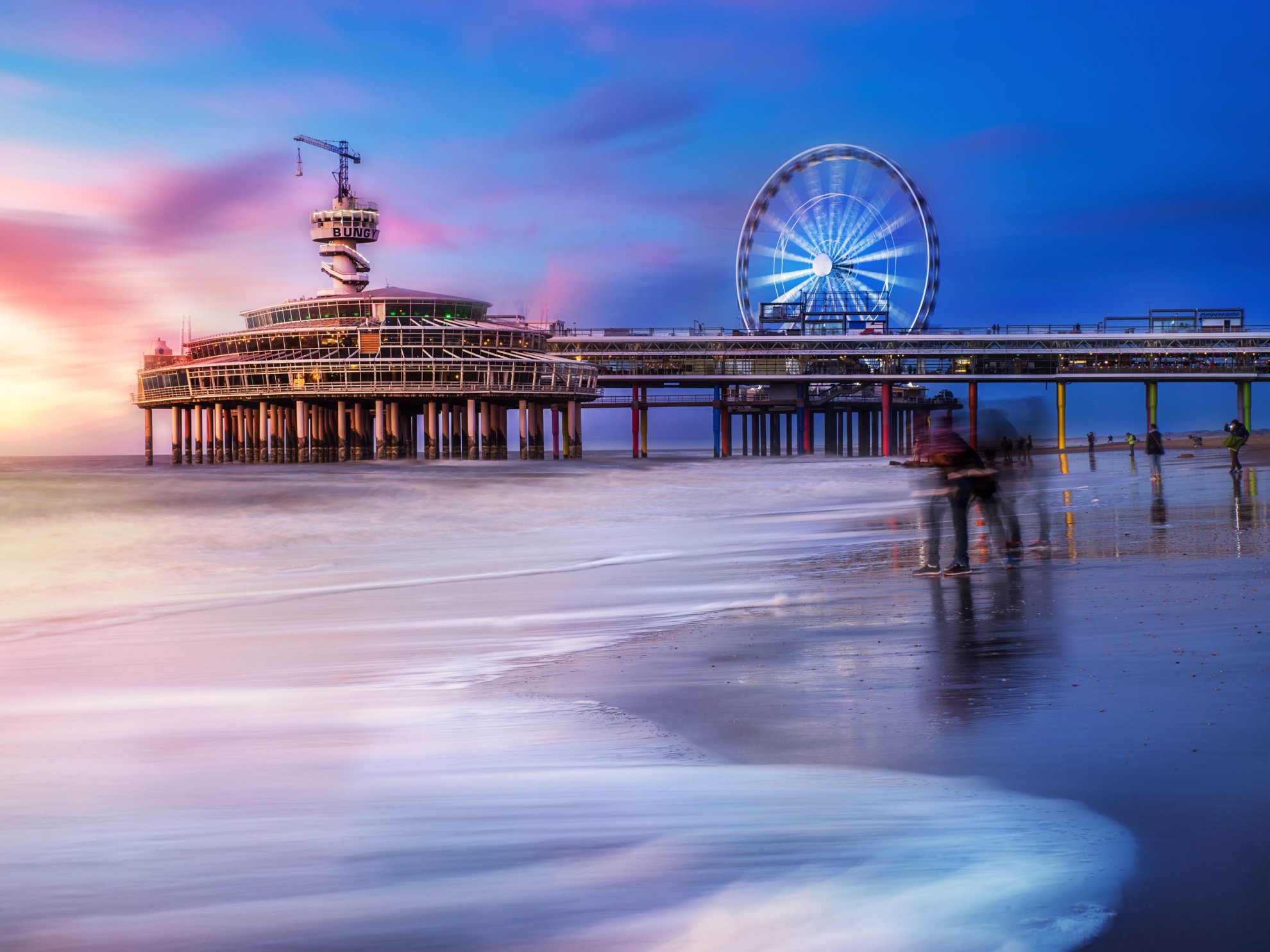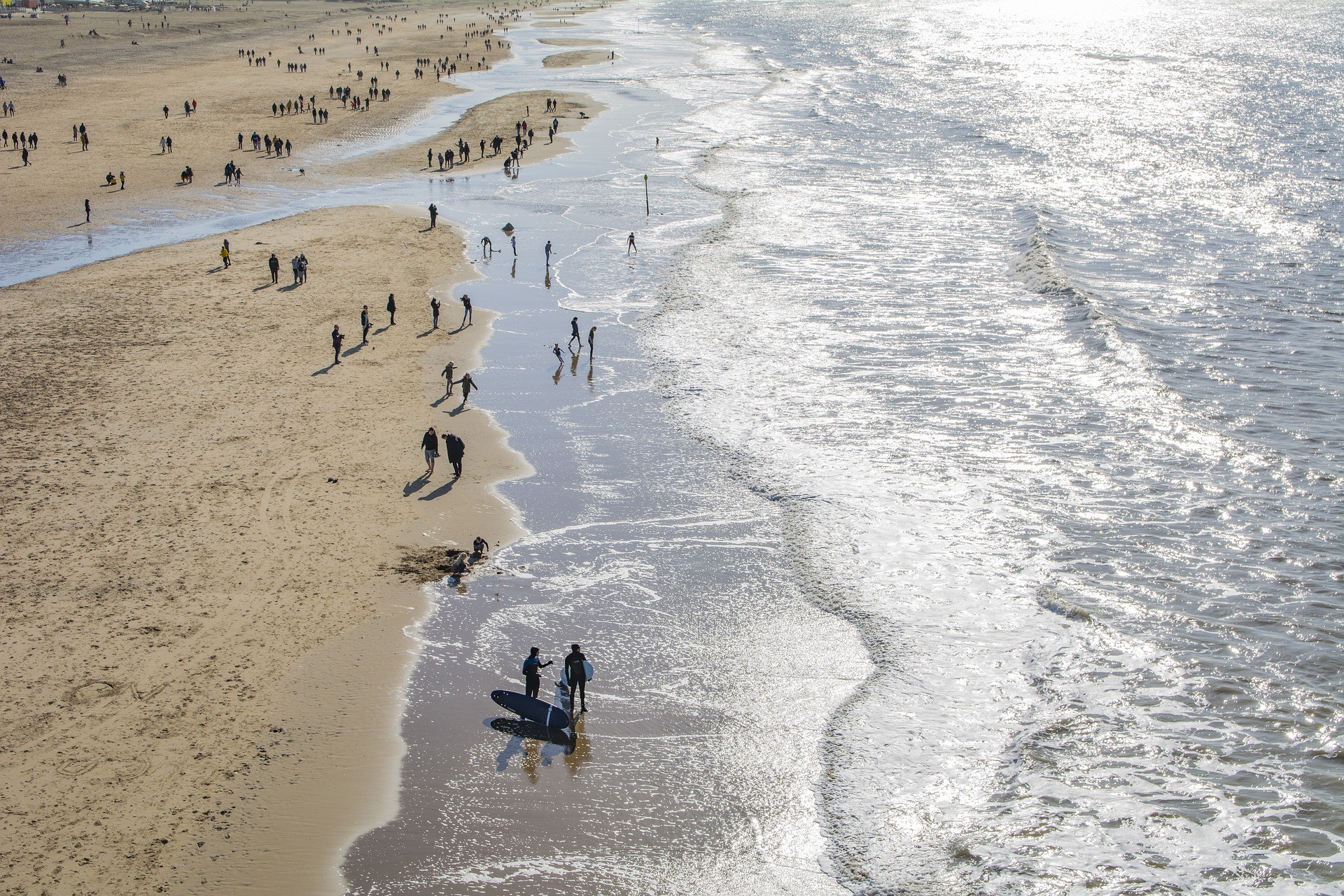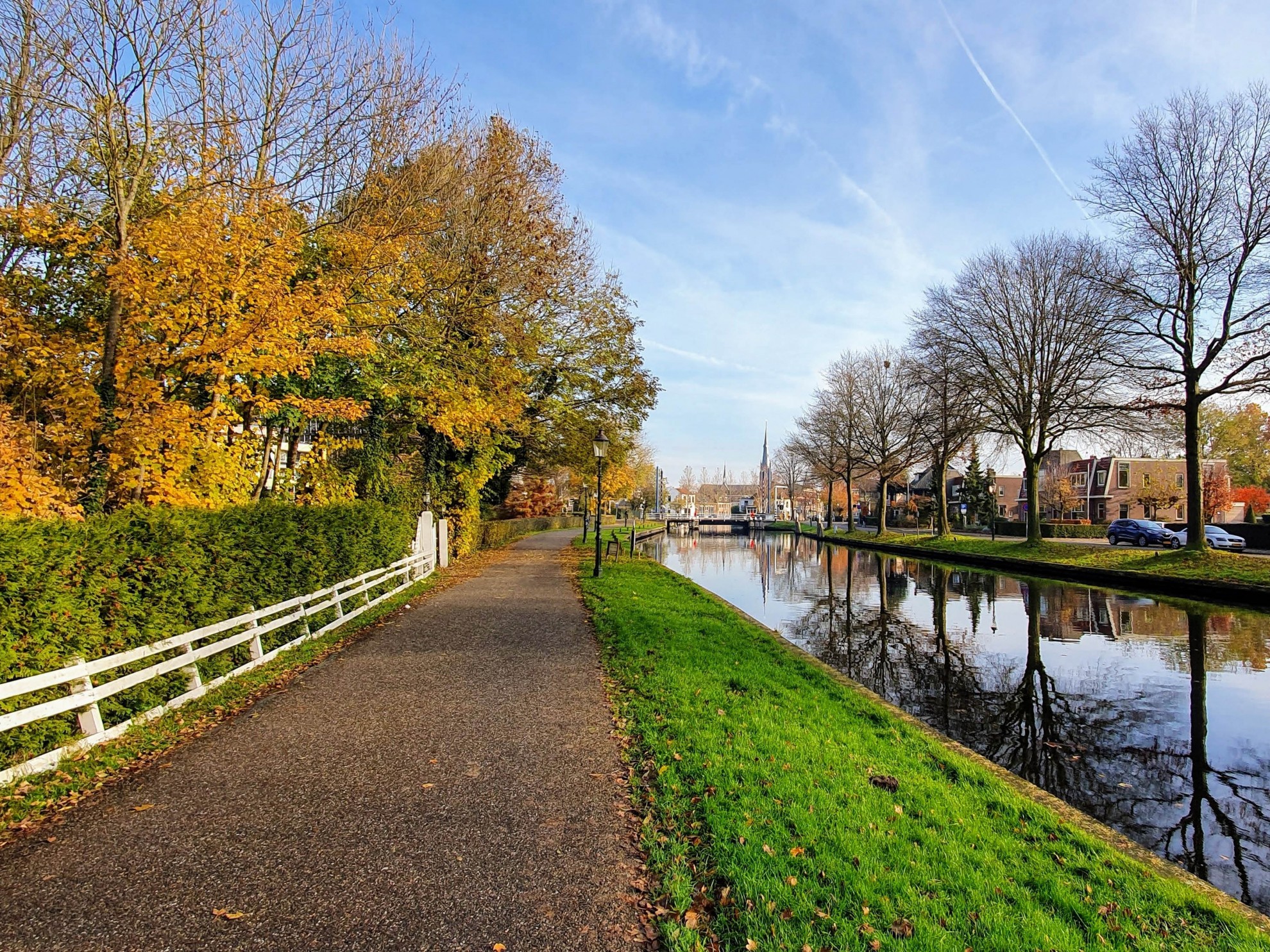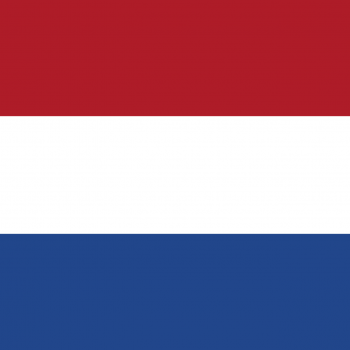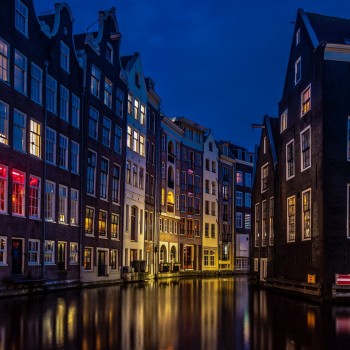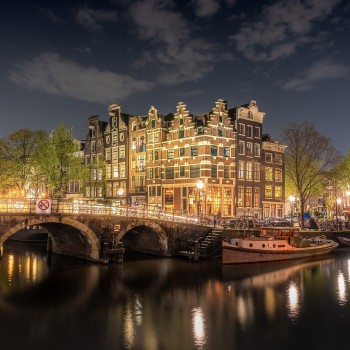Netherlands
Netherlands
Capital city description
The Netherlands is depicted by two capitals: Amsterdam and the Hague. Amsterdam is the economic center of the Netherlands, hosting numerous multinational headquarters and the Amsterdam Stock Exchange (AEX). The port city is also home to manufacturing industries such as diamond cutting, metallurgy, and clothing. The North Sea Canal enables international trade, and the city is also a tourist, transport, and cultural hub.
At the same time, Hague is the seat of government. It is home to the parliament, ministries, Supreme Court, the government, and the Council of State. The city is also home to the Peace Palace, where the International Court of Justice, International Criminal Court, and the Permanent Court of Arbitration are situated.
Climate
The Netherlands is a country that boasts a typical maritime climate with mild summers and cold winters. Wind and rain are typical throughout most of the year, with July and August being the wettest months. March is the aridest month of the year.
Spring: March to May
Summer: June to August
Autumn: September to November
Winter: December to February
Languages spoken
Dutch is the official and widely spoken language of the Netherlands. At the same time, English and German are the major foreign languages spoken by the country's large population.
Fun/Fascinating Facts
- Port of Rotterdam is the largest port in Europe and the second-largest globally. Between 1962 and 2004, it was also the world’s busiest port.
- The Netherlands was the first country to legalize same-sex marriage. Amsterdam is also known for being one of the world’s most LGBTQ-friendly cities, with many gay bars.
- The Netherlands is home to more bicycles than people, with over 22 million bikes.
- In numerous studies throughout the years, Dutchmen are the tallest people globally, at an average of 1.83 m (6’0”). Carrots are orange because of the Dutch.
- Carrots are known for their distinctive orange coloring. Originally weren’t always this way. The vegetable was likely originally white or purple, way back to the 10th century. William III of England, often known as William the Orange, helped gain Dutch independence from Spain in the 17th century. The story goes that Dutch farmers turned their carrots orange as a tribute, and the new color became more popular than before and continues to be the Netherland’s official color today.
Unique Customs/Traditions
- For the Dutch, remembering and celebrating a birthday is essential for the individual and his family. They keep track of these birthdays with a ‘verjaardagskalender’ (birthday calendar). Unlike a standard wall calendar that is replaced every year, the birthday calendar stays the same year in and year out. There is a page for each month and the days in that month—no year or day of the week. Interestingly, the birthday calendar hangs in the bathroom in many homes, ensuring it will always be seen.
- Dutchmen tradition is distinct to celebrating the 50th birthday. Abraham is the theme for men, and Sarah is for women. The elderly characters are from the Bible and were revered for their knowledge of life. It follows that someone turning 50 would also have extensive life experience and would ‘see Abraham’ (or Sarah). On the night before someone’s birthday, a giant inflatable Abraham (or Sarah) is placed in front of their house to ensure they do ‘see Abraham’ or Sarah on their 50th.
- In mid-June in Netherland, a day comes along called Vlaggetjesdag, which celebrates the first catch of herring of the season. On that season, you can catch many a Dutch person dangling an entire raw herring over their mouth before dropping it straight in.
- Cheese is one of the most cherished Dutch food traditions and has been made in the Netherlands since at least 800 BC. Cheese is eaten for breakfast or lunch, paired with a slice of bread.
- The Dutch don’t shake hands at the meeting and rarely make compliments.
- In Netherland, residents throw out large items on the street once a month. These include old furniture, household appliances, interior items, building materials, and anything they no longer need.
Popular universities
| Name | Description | |
|---|---|---|
| University of Amsterdam | The University of Amsterdam is a public research university located in Amsterdam, Netherlands. The university offers courses and programs leading to officially recognized higher education degrees such as bachelor's degrees, master's degrees, doctorate degrees in several areas of study. The university comprises seven faculties, including the Faculties of Humanities, Social and Behavioural Sciences, Economics and Business, Science, Law, Medicine, and Dentistry. | |
| Wageningen University and Research | Wageningen University and Research is a non-profit public higher education institution located in the large town of Wageningen, Gelderland, founded in 1918. It specializes in technical and engineering subjects and is an important center for life sciences and agricultural research. Wageningen University and Research has the unique position of being the only university in the Netherlands to focus on healthy food and the living environment. It is widely known for its agriculture, forestry, and environmental studies programs. | |
| Utrecht University | Founded in 1636, Utrecht University is one of Europe's leading research universities, recognized internationally for its high-quality, innovative approach to research and teaching. It is located located in the urban setting of the medium city of Utrecht. Utrecht University offers over 90 graduate programs (MSc, MA) and 12 undergraduate programs (BSc, BA, LLM). All programs are fully English-taught and cover many academic disciplines, including Natural Sciences, Law, Governance, Life Sciences, Humanities, Social Sciences, and Earth Sciences. | |
| Leiden University | Leiden University is a public research university in Leiden, Netherlands. The university has seven academic faculties and over fifty subject departments while housing more than 40 national and international research institutes. The university offers courses and programs leading to officially recognized higher education degrees such as bachelor's degrees, master's degrees, doctorate degrees in several areas of study. | |
| Erasmus University Rotterdam | Erasmus University Rotterdam is a non-profit public higher education institution located in the large city of Rotterdam, South Holland, established in 1913. The university has seven faculties and focuses on the following four areas: Health – Faculty of Medicine and Health Sciences/Erasmus MC and Erasmus School of Health Policy & Management (ESHPM), Wealth – Erasmus School of Economics, and Rotterdam School of Management, Governance – Erasmus School of Law and Erasmus School of Social and Behavioural Sciences (ESSB), Culture – Erasmus School of History, Culture and Communication, Erasmus School of Social and Behavioural Sciences (ESSB), and Erasmus School of Philosophy (ESPhil). | |
| Delft University of Technology | Delft University of Technology is the oldest and largest Dutch public technical university, located in Delft, Netherlands. Delft University of Technology Delft comprises eight faculties. These are : Mechanical, Maritime and Materials Engineering (3mE) (Werktuigbouwkunde, Maritieme Techniek & Technische Materiaalwetenschappen (3mE)), Architecture and the Built Environment (Bouwkunde (BK)), Civil Engineering and Geosciences (CEG) (Civiele Techniek en Geowetenschappen (CiTG)), Electrical Engineering, Mathematics and Computer Science (EEMCS) (Elektrotechniek, Wiskunde en Informatica (EWI)), Industrial Design Engineering (IDE) (Industrieel Ontwerpen (IO)), Aerospace Engineering (AE) (Luchtvaart- en Ruimtevaarttechniek (LR)), Technology, Policy and Management (TPM) (Techniek, Bestuur en Management (TBM)), Applied Sciences (AS) (Technische Natuurwetenschappen (TNW). | |
| University of Twente | The University of Twente is a public technical university located in Enschede, Netherlands. There are five faculties at the University of Twente; each faculty is in turn organized into several departments: Behavioural, Management and Social Sciences (BMS) – i.a. Communication studies, psychology, public administration, educational science & Technology, European studies, environmental & energy management, and Risk management, Engineering Technology (ET) – i.a. Mechanical engineering, civil engineering, industrial design engineering, and sustainable energy technology. Electrical Engineering, Mathematics and Computer Science (EEMCS) – i.a. Electrical engineering, applied mathematics, interaction technology, internet science & Technology, and computer science. Science and Technology (ST) – i.a., Chemical engineering, applied physics, biomedical engineering, health sciences, advanced technology, and nanotechnology. Faculty of Geo-information Sciences and Earth Observation (ITC) – i.a. spatial engineering, cartography, geo-information science & earth observation. | |
| Radboud University | Radboud University is a non-profit private higher education institution located in the urban setting of the small city of Nijmegen, Gelderland, established in 1923. Radboud University is organized in seven faculties that offer programs and courses in humanities, social sciences, natural sciences, medical sciences, law, management, philosophy, theology, and religious studies. | |
| VU University Amsterdam | Established in 1880, VU University Amsterdam is a non-profit private higher education institution located in the urban setting of Amsterdam, North Holland. The Vrije Universiteit comprises several faculties responsible for teaching and research and several interdisciplinary research institutes. As of 2015, after several mergers, these faculties are: Behavioural and Movement Sciences; Dentistry; Earth and Life Sciences; School of Business and Economics; Humanities; Law; Sciences; Social Sciences; Theology; and the VUmc School of Medical Sciences | |
| Eindhoven University | The Eindhoven University of Technology is a public technical university in the Netherlands, located in the city of Eindhoven. The university offers courses and programs leading to officially recognized higher education degrees in several areas of study. | |
Festivals & Events
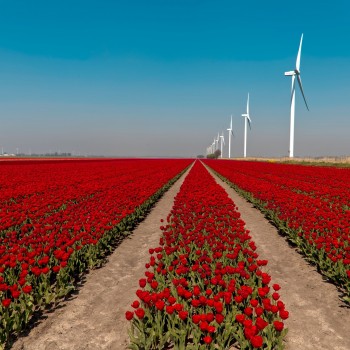
Bloemencorso Zundert Flower Festival
Date: September
Bloemencorso Zundert Flower Festival is the famous and largest flower festival globally. It is one of the finest flower parade festivals in the Netherlands held annually in September in the stunning town of Zundert. The flowers on display are decorated just a week before the parade as they have to be fresh.
The parade takes place on the first Sunday of September in Zundert, Netherlands. The floats are large artworks made of steel wire, cardboard, papier-mâché, and flowers. In the Bloemencorso Zundert, only dahlias are used to decorate the objects, and it takes thousands of them to cover one float. The bloemencorso is also a competition. A professional and independent jury decides which float is the most beautiful and which hamlet will win that year.
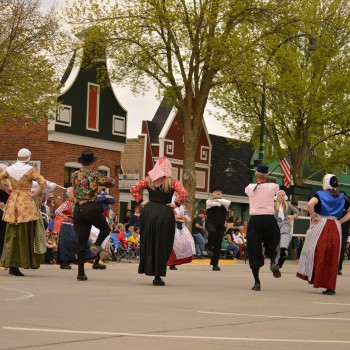
Holland Festival
Date: June
The Holland Festival is the most aged and largest performing arts festival every June in Amsterdam. It includes theatre, music, opera, and modern dance.
The shows occur in Amsterdam venues such as the city theatre, the opera, the Concertgebouw and Muziekgebouw concert halls, and the Westergas factory site. The event features contemporary work and classical pieces presented with a modern edge.
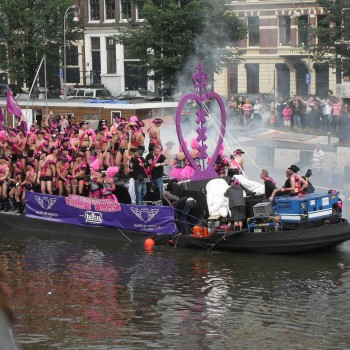
Amsterdam Gay Parade
Date: August
Amsterdam Gay Parade is one of the famous gay pride festivals that is the largest globally and is celebrated publicly in the most extravagant fashion. Thousands of people in Amsterdam jam the city's streets with colorful banners and confetti and parade through the central pathways in Amsterdam.
It is one of the top festivals in the Netherlands, and the main highlight of this event is "Canal Parade," where several colorful and well-decorated boats cruise via the canals in the city.

King’s Day
Date: 27th April
One of the significant festivals in the Netherland, King’s Day, celebrates the birth of King Willem-Alexander with street parades, dance parties, and live music on 27th April. It is one of the largest festivals in the Netherlands, thousands of people of all ages flock to central Amsterdam, where colorful boat parties decorate the 17th-century canals, and live bands perform along the streets of Rembrandtsplein and Prinsengracht.
During special King’s Day, the city is packed with orange; everything is orange, from shirts, pants, and dresses, to wigs, hair ties, and face paint. There’s also a Vrije Markt (free market), where you can shop for second-hand goods and Dutch delicacies during the event.
.jpg)
Amsterdam Dance Event
Date: October
The Amsterdam Dance Event, most commonly called ADE, is a five-day electronic music conference that starts on Wednesday and lasts until Monday, and is held annually in mid-October.
The Amsterdam Dance Event Foundation offers a complete exciting program of daytime conferences that features over 1,000 events and 2,500 renowned artists over five days in 200 clubs and venues. The most significant event is the Amsterdam Music Festival (AMF) in the Johan Cruyff Arena on Saturday night.
ADE draws over 400,000 people worldwide, making Amsterdam one of the most dynamic clubbing cities globally.
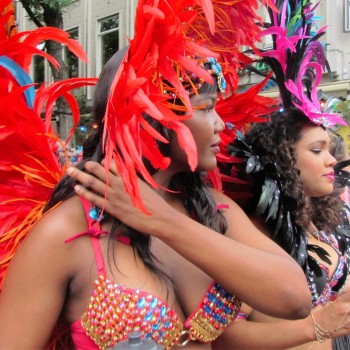
Rotterdam Summer Carnival
Date: July
The Rotterdam Summer Carnival is one of the famous and most significant Latin American festivities in Europe. Street parades of thousands of Latin dancers, brass bands, and colorful floats take over the streets during the day.
The streets are packed with food vendors running from Friday night to Saturday night. The guests can enjoy live music performances played on two stages in the city center at night. The other main highlight of the event is the Battle of the Drums.
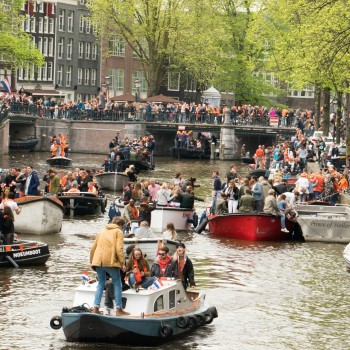
Amsterdam Canal Festival
Date: August
The magnificent Grachtenfestival (Canal Festival), held annually in August on and around Amsterdam’s canals, is one of the cultural highlights of the Amsterdam summer.
The Amsterdam Canal Festival is a 10-day event celebrating the city’s UNESCO-listed canals. It hosts over 150 classical music concerts held at Amsterdam’s Prinsengracht (Prince Canal), from concert halls and museums to canal homes and cruise ships.
A highlight of the Amsterdam Canal Festival is the Prinsengracht Concert, held on a pontoon near the Pulitzer Hotel.
Attractions / Top Sights
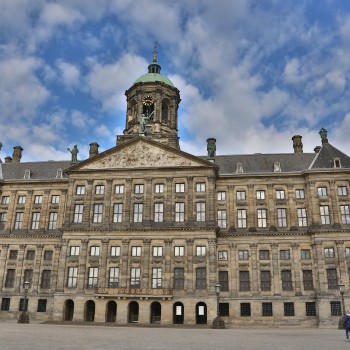
Royal Palace of Amsterdam
When to visit: September
The Royal Palace of Amsterdam is one of the most beautiful palaces in the Netherlands. It was built during the Dutch Golden Age, when Amsterdam was among the most influential cities in Northern Europe. It is situated on the west side of Dam Square in the center of Amsterdam, opposite the War Memorial and next to the Nieuwe Kerk.
The palace was initially owned by the city's municipality and passed into the hands of the Dutch royal family after William of Orange formed the Kingdom of the Netherlands in the early 19th century.
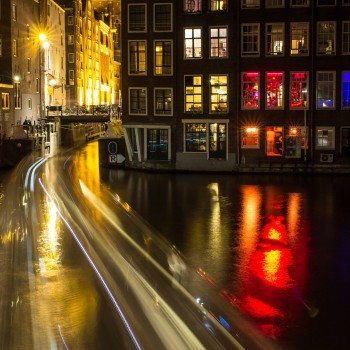
Amsterdam Canal District
When to visit: In Spring and Autumn
The Amsterdam Canal District is the famous 17th-century district surrounding the Binnenstad of Amsterdam. As large parts of this lovely, historic neighborhood were built during the Dutch Golden Age, its boundaries contain many additional monuments, including Anne Frank Huis, Westerkerk, and Museum van Loon.
The entire district is designated as a UNESCO World Heritage Site for its unique cultural and historical value, and its property values are among the highest in the country.
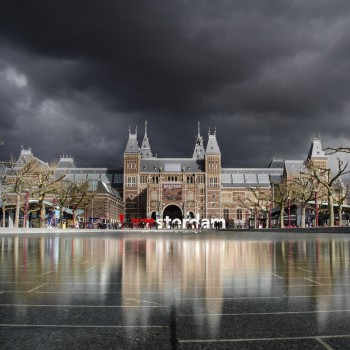
Rijksmuseum - Amsterdam
When to visit: April and May or September to November
When to visit: https://www.rijksmuseum.nl/en
The Rijksmuseum is the stunning National Museum in Amsterdam that has displayed rare art and antiquities since 1809. It collected millions of excellent artworks, including 5,000 outstanding paintings by notable painters of history displayed in more than 250 rooms, as well as a vast library with some fantastic 35,000 books.
Apart from its exceptional collection of old masters, this stunning museum offers an exhaustive account of the development of art and culture in The Netherlands and is especially rich in traditional Dutch handicrafts, medieval sculpture, and modern art.
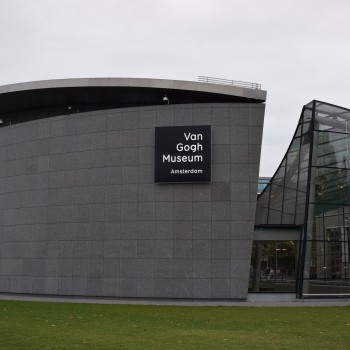
Van Gogh Museum
When to visit: April to May or July to August
Amsterdam's Van Gogh Museum holds the most extensive Van Gogh paintings globally and preserves thousands of other items associated with the artist and his contemporaries.
Amsterdam's remarkable Van Gogh Museum is ranked an impressive #2 in a top list of the leading art museums globally, attracting almost 1.5 million visitors each year. The museum also regularly hosts temporary exhibitions dedicated to certain aspects of Vincent Van Gogh's life and career.
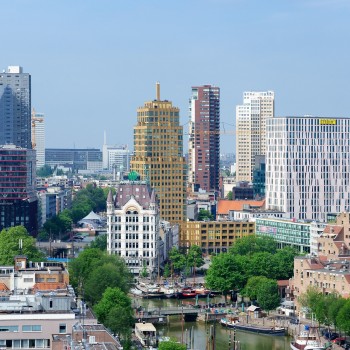
Oude Haven
When to visit: In Spring or Autumn
Located in the Maritime District, the Oude Haven, with its captivating historic ships, is a famous place among Rotterdammers to eat, drink, and dance. Noah's terrace was voted the best cocktail bar in the Netherlands. During the summer season, the terraces are packed until the late hours.
Oude Haven is excellent for those who enjoy seeing the sights on foot. The harbor is loaded with old houseboats and sailing ships, many on display at Rotterdam's Maritime Museum.
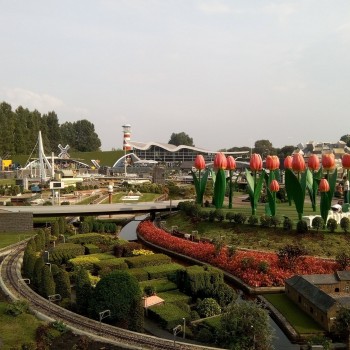
Madurodam
When to visit: April to June or between September to November
Madurodam is a beautiful miniature park and a significant tourist attraction in The Hague, Netherlands. The park is located in the Scheveningen district of the city and features tiny 1:25 scale model replicas of the most famous Dutch castles, industrial projects, and public buildings.
Madurodam first opened its doors on July 2, 1952, and has seen more than 50 million visitors since that day. It was initially established as a monument to the resistance hero George Maduro. This miniature city receives more than half a million visitors each year.
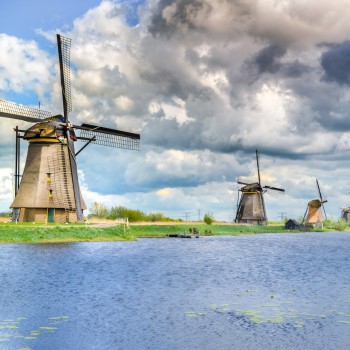
Windmills of Kinderdijk
When to visit: In Spring or Autumn
A UNESCO World Heritage Sites, Windmills of Kinderdijk were also family homes and were practical buildings. Three of the windmills at Kinderdijk have been designated as Museummolens (museum mills), where it’s possible to go inside and see how the mill families lived.
These picturesque windmills make for a fun excursion for those in Rotterdam during their Netherlands stay.
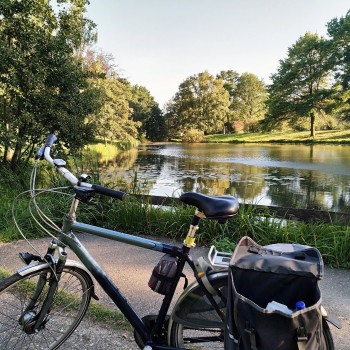
De Hoge Veluwe National Park
When to visit: June to August
De Hoge Veluwe National Park covers about 13,800 acres; this national park is the most extensive continuous nature reserve in the country and is one of the most famous day trip destinations for locals and tourists alike. The beautiful park featuring dense woodlands in the north and a fascinating sculpture park was once a country estate and hunting reserve and is home to many red and roe deer.
The best-preserved part of the park encompasses an area of dramatic dunes interspersed with heath and woodland and interrupted in the south and east by moraines up to 100 meters high. It's also a famous area for bird-watching and hiking and biking.
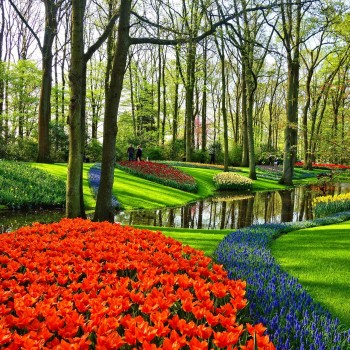
Keukenhof
When to visit: April to June
One of the most beautiful places to visit in the Netherlands, Keukenhof, otherwise known as the "Garden of Europe," is situated on the outskirts of the town of Lisse in what's widely considered the "bulb belt" of the Netherlands.
Keukenhof is widely known for its varieties of tulips; it also features numerous other flowers, including hyacinths, daffodils, lilies, roses, carnations, and irises. The most extensive public garden globally boasts more than 70 acres, and roughly 7 million flower bulbs are planted in the gardens annually.
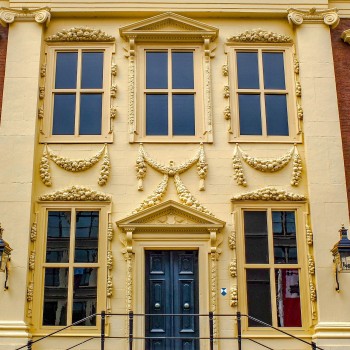
Mauritshuis
When to visit: May to October
When to visit: https://www.mauritshuis.nl/en/
One of the best museums in the Hague, Netherlands, Mauritshuis, houses one of the largest and most important collections of Dutch Golden Age paintings globally since the early 19th century, featuring several unbelievably essential pieces such as Vermeer’s Girl with a Pearl Earring.
The museum is a veritable masterpiece housed inside a 17th-century mansion designed by Jacob van Campen, whose portfolio also includes Amsterdam’s Royal Palace.
















